Which is Better: a Soundbar vs Home Theater?
Who wants to improve the sound of their TV, buy a soundbar or home theater.
Recently, audio technology has evolved in three general directions.
The first is the improvement of digital technologies for maximum sound clarity with a minimum of non-linear, frequency, phase, and dynamic distortion.
The second is to expand the functionality of the equipment.
And finally, minimizing the size of the devices themselves and making them easier to control.
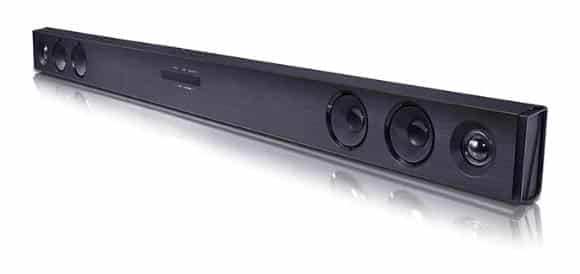
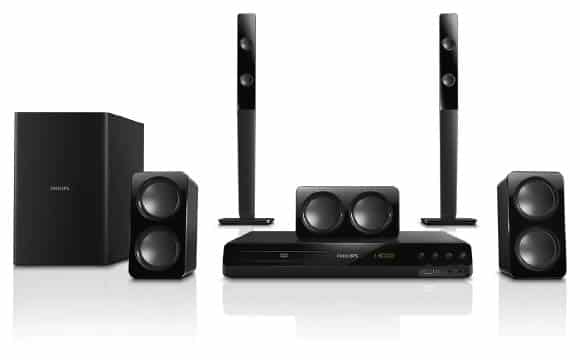
A consequence of these trends in the development of audio technology has been the appearance of soundbars and new models of multifunctional cinemas with stunning acoustics. These two types of devices perform practically the same function — improving the sound of the TV and making it spatial.
That’s why the question often arises, what’s better than a soundbar or a home theater speaker system?
Table of Contents
ToggleWhat is a soundbar?
A soundbar is an acoustic panel capable of greatly enhancing sound and improving its quality.
It is selected for a particular kind of apparatus and placed close to the TV set to get a deeper and more voluminous sound.
The soundbar is offered as a budget alternative to the classic home theater, it copes decently with the functions entrusted to it, but the previous equipment does not give up its position.
The soundbar is ideal for small rooms up to 250 square feet, saturating them with pure acoustic sound, in this respect, it is not inferior to the speakers. But if the room is larger than 250 square feet, it can no longer compete with a home theater.
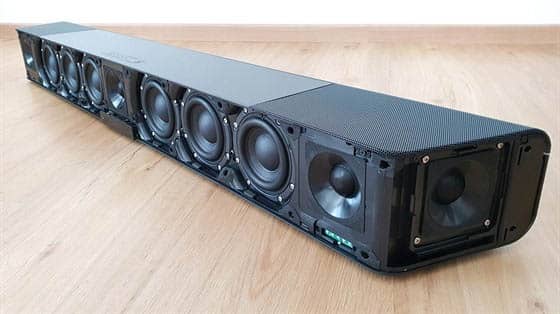
Nevertheless, this equipment has many advantages.
You can cope with excellent sound with just one compact panel.
- It is easy to operate.
- Has a beautiful design.
- The equipment supports almost all modern formats.
- External storage devices are supported.
- Has a built-in player.
Also, note the disadvantages of the acoustic panel: it is inferior in sound to the home theater and has a dependence on the diagonal of the display.
The soundbar case contains the following components:
- an amplifier for multiple channels;
- sound decoder;
- system board;
- audio processor;
- shortwave tuner;
- speaker system;
- equalizer.
The soundbar is placed under the TV set, on a special mounting stand, or on a shelf, if it comes with the set. The panel is based on the reflectivity of sound waves.
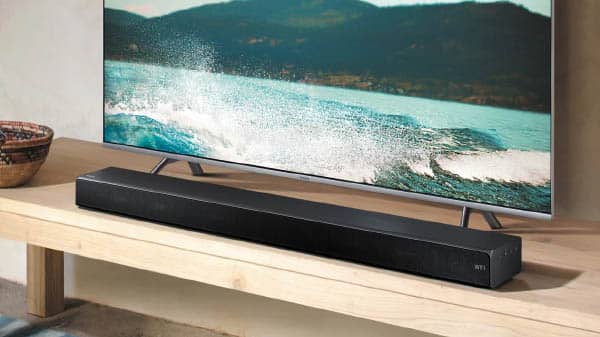
Many speakers, assembled in the panel, are deployed at different angles, which allows bringing the sound to each listener.
So, soundbars fall into two groups:
- the first simply expands the sound capabilities of the TV by providing it with additional speakers;
- the second has sound projectors that can provide not only stereo sound but also stunning volume and depth of sound.
And one more piece of advice — don’t rush into buying a model with a built-in subwoofer. It looks more compact but loses in sound. It is better to buy a subwoofer as a separate unit.
The presence of a subwoofer greatly complements the sound of the soundbar. But if a person needs the simplicity of settings and minimalistic design for any interior, only one soundbar is chosen.
When choosing a soundbar the power rating of the built-in amplifier is of great importance. This way we can evaluate the volume of the speakers and the device as a whole.
The rated power of 160 watts will provide high-quality and loud sound in a room of up to 130 square feet.
A room of 130 to 250 square feet, on the other hand, needs up to 400 watts.
In a room larger than 250 square feet, it is better to use a home theater system.
Home Theater Features
As the area of the room where a movie or other video content is viewed increases, the quality of the surround sound of the soundbar decreases somewhat. In these cases, it is better to opt for home theater systems.
Previously, when there was no alternative to home theaters, lovers of quality sound installed them even in small rooms. Bulky audio equipment looked ugly in them and did not add comfort.
Today, lovers of spatial sound have the opportunity to replace this equipment with compact sound panels. And with no loss in sound quality at all. And home theaters can be used for their intended purpose — in specially equipped rooms.
A home theater system is much larger than a soundbar, which is limited to a single panel. It is a whole complex of equipment, that affects the sound and picture. Placing such equipment in an unprepared small city apartment will cause complaints from the neighbors, who encountered extraneous sounds.
More about protecting your home theatre from line voltage interference.
Unlike sound panels, home theaters are systems of devices. They include players, AV receivers, subwoofers, as well as speakers, which can be 5 and more, depending on the DC model. All the acoustics are systemically placed around the perimeter of the room to provide real surround sound — like in a movie theater.
Buying modern equipment, you should take care of the sound insulation. It is worth understanding that home theaters can fully manifest themselves only in large rooms, so they are ideal for country houses, where you can provide individual space for watching your favorite movies and listening to music without disturbing others.
The device is endowed with a multi-channel format, and high acoustic data, it includes:
- 5 to 7 speakers that are spaced around the perimeter of the room to support high-quality sound;
- player for perfect picture reproduction;
- sound amplifier;
- AV receivers;
- remote control.
All of this system must be properly configured, otherwise, you may not get the expected effect.
The disadvantages of home theaters include the complexity of setup. In some cases, it requires the participation of a professional.
The second disadvantage is the requirement for the scale of the room and the presence of sound insulation. But if everything is done correctly, you can get wonderful equipment and a room for recreation, allowing you to join the art of cinema and music. The owner of such a room is an opportunity to appreciate the truly pure sound and crisp realistic image.
Choosing a home theater, you should consider that it comes in two modifications — 5.1ch and 7.1ch.
Each of them has its advantages and disadvantages.
5.1 Channel Receiver
It has been in use for the past several decades.
The 5.1ch receiver makes it possible to appreciate the sound in medium- and small-sized rooms.
It contains all the various channels, including a subwoofer, to provide surround sound at different frequencies.
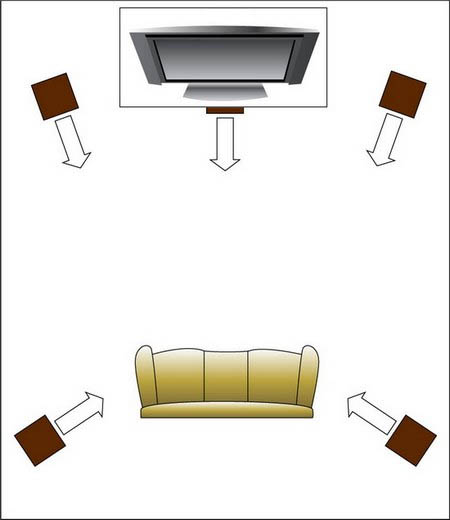
This 5.1ch format is the most common among users. It produces a sound distribution in the room very close to that of a movie theater. You need at least 250 square feet of floor space to put 5 speakers of this power in a room.
For a room of less than 250 square feet, a soundbar is a good choice.
Channel Receiver 7.1
This system includes all the components of a 5.1ch receiver, but with some addition. Simply put, it can take extraneous noise away from the listener, leaving him alone with clear sound.
In addition, the 7.1ch modification reproduces a deeper sound, performs a specific wave directivity, and covers a larger acoustic field. Such advantages influence the choice between systems in favor of 7.1ch but limit the choice of room. A more sophisticated channel receiver is only suitable for larger rooms.
By the way, 9.1 receivers with very flexible settings are already in use, satisfying the advanced requirements of any movie buff and audiophile.
But we should not forget about the prohibitive cost of such equipment. If we are talking about budget options, we will have to return to the 5.1ch modification.
Advantages
Considering the advantage of any home theater, it is worth noting:
- the ability to configure the system for a particular room;
- convenient control of the remote control;
- pleasant, deep, and clear sound reproduction;
- the presence of the media player affects the image.
Choosing a home theater is worth remembering because it is suitable for large rooms, difficult to configure, and expensive.
Useful articles:
- Comparing Crystal UHD and QLED
- How to choose a TV
- Dead pixels on Samsung tv
- HDMI cable types
- HDMI CEC pinout
What is better to choose?
Soundbars and home theater are undoubtedly excellent modern equipment, which can please any family with their capabilities. But which one to choose for home use — let’s try to understand together.
If you want to replace built-in TV speakers with external acoustics without strong requirements for theatrical sound, then a soundbar with an external subwoofer will do. If the absence of an immersive effect in an artificial environment is not critical for you, then take a soundbar here, too. Especially if the speaker wires get in the way and you don’t want to complicate the setup.
But if you want an immersive experience when watching a movie, then you need a home theater.
Today, each of the devices has occupied its niche. If the task is to improve the sound quality of the TV set installed in a small area and make the sound three-dimensional, here the advantages of a soundbar in the form of compactness and serious sound are evident.
And if your goal is to create conditions for watching modern movies in your home, and a special room of impressive size is allocated for this purpose, then your choice is a home theater, which will provide surround sound with all even its most subtle shades.
If you look at the technical specifications of both systems, the home theater certainly differs for the better. It is designed for the picky cinematographer and the experienced audiophile, who enjoys the perfect sound.
Multi-component acoustics with uniform sound pressure throughout the room is naturally out of competition with the device, which in some cases simply enhances the sound capabilities of the TV.
But you can also choose a more expensive soundbar, with a 5.1-channel receiver capable of providing high-quality sound.
The advantage of a soundbar is its compactness and aesthetic appearance. The beautiful design of the panel will suit any modern interior. Whereas the home cinema is a multi-component device, which will need to line up the speakers all around the room.
The second advantage is the cost, which is much cheaper for the sound panel. It is also worth remembering that a home theater needs a large and specially equipped room. 70% of the acoustic sound depends on the reflectivity of the walls, their thickness, and the upholstery material.
When approaching the choice of sound reproducing equipment, each user can decide for himself what possibilities he has of the room, budget, and what he desires in achieving sound quality.
Author
-
Author of articles on tvrvi.com. I know all the TV industry news and spend a lot of time to research TV technology.

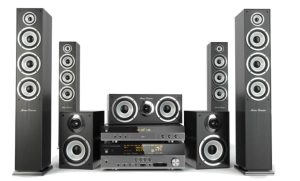
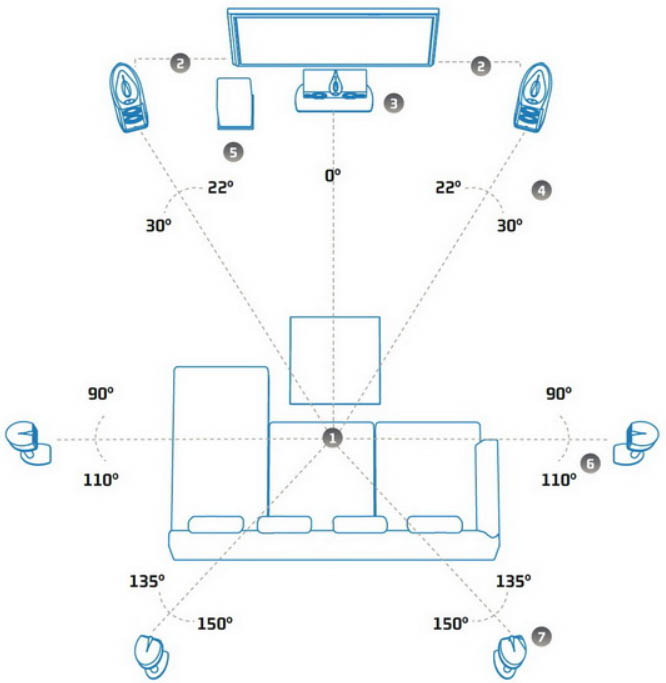




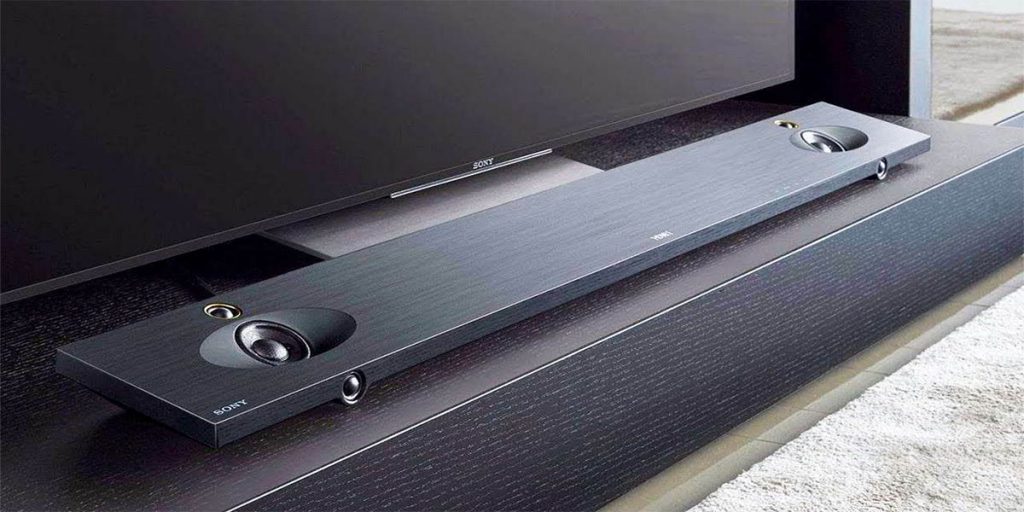
Great share and useful post!